Truth be told, the latest headline story we ran across on The New York Times website can be viewed as both tragic and inspiring. It concerns a heavily populated elementary school in Ohio that has begun implementing addiction education lessons into grades as young as kindergarten. Obviously it’s upsetting because America’s opioid epidemic has gotten so bad that household addictions are commonplace. But it is also forward thinking and hopeful, tackling the crisis head on and comforting its youngest victims.
The school in question, Minford Elementary, is centered in the town that shares its name. Both teachers and school officials were interviewed for the piece, explaining how close to home this subject really is.
“We all know we have a problem in our community,” Minford teacher Kendra Rase Cram explained in the article. “But there weren’t solutions. Finally people are rolling up their sleeves and doing something about it.”
And, as the article explains, the problem is quite severe in Minford. According to surveys taken by the school, roughly half of the student body (aged 5-12) has witnessed some type of drug use at home.
In the worst cases, students have admitted to being beaten, neglected and starved because of their parents’ habits. In those scenarios, social services has gotten involved; but the secondhand addiction experiences are wide ranging.
Last year, it was reported that four Minford kindergartners lost a parent to a fatal overdose. And a fifth of the school’s population had their mom or dad killed in a drug-related homicide. Tragically, many were in the same room when their parents died.
So what types of curriculums can be implemented to help young kids exposed to this type of trauma? There are specific segments of the day devoted to discussions about feelings. Minford also has physical outlets, such as trampolines and play tunnels. At the end of the day, deep breathing exercises are initiated.
Other ways school officials are lending a hand is with free lunch programs. This has been incredibly helpful for impoverished students whose family’s finances have been ruined by addiction. And it has all been done with the blessing of Ohio governor Mike DeWine.
In fact, DeWine plans to take the example of Minford Elementary and push the concept statewide. He recently proposed $550 million in funding for similar student wellness programs.
“We need a drug prevention curriculum that focuses on social and emotional learning,” DeWine explained. “Exercises intended to teach students how to cope with the consequences of an opioid epidemic that has ravaged their community and shows no signs of abating.”







